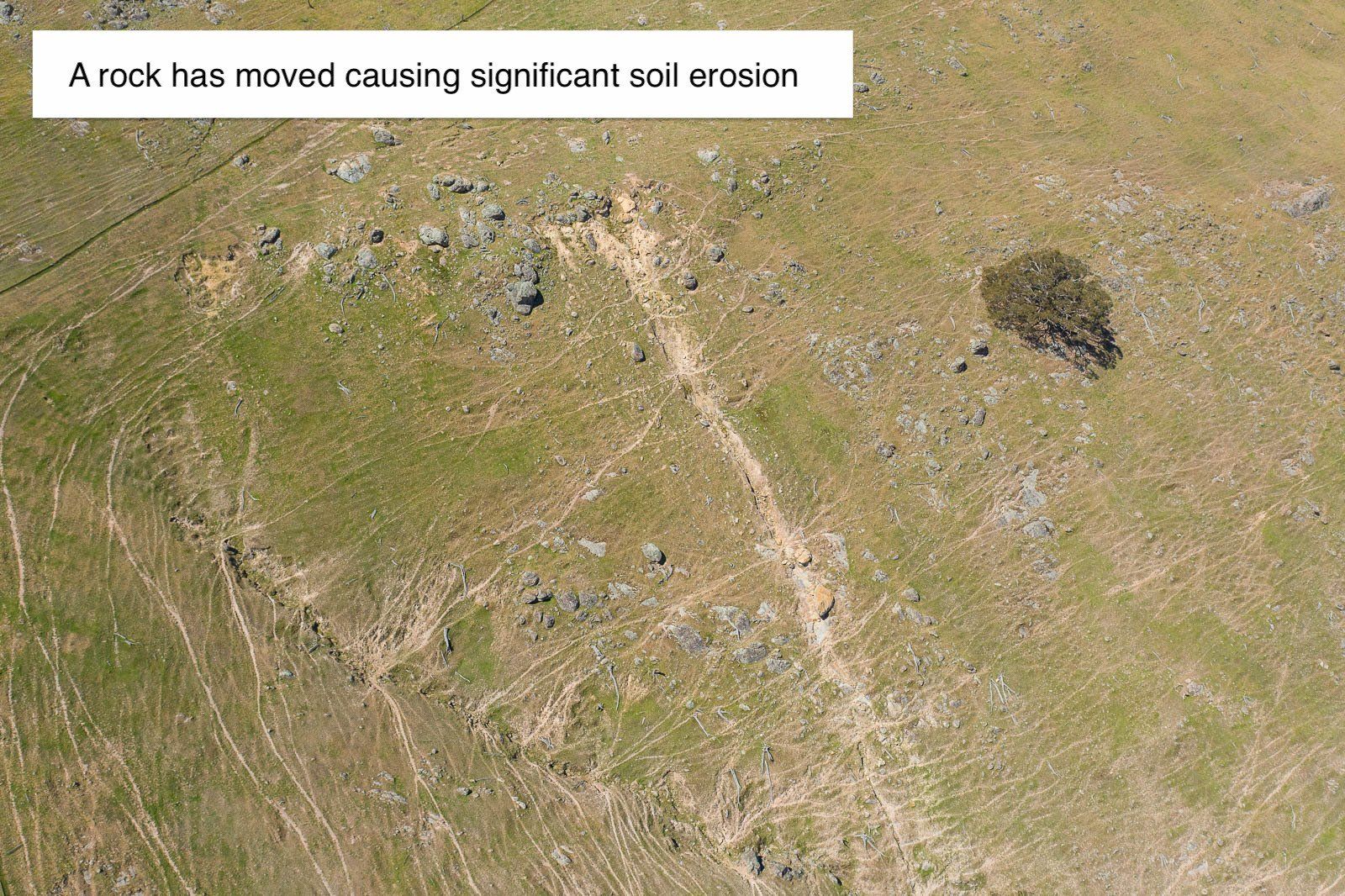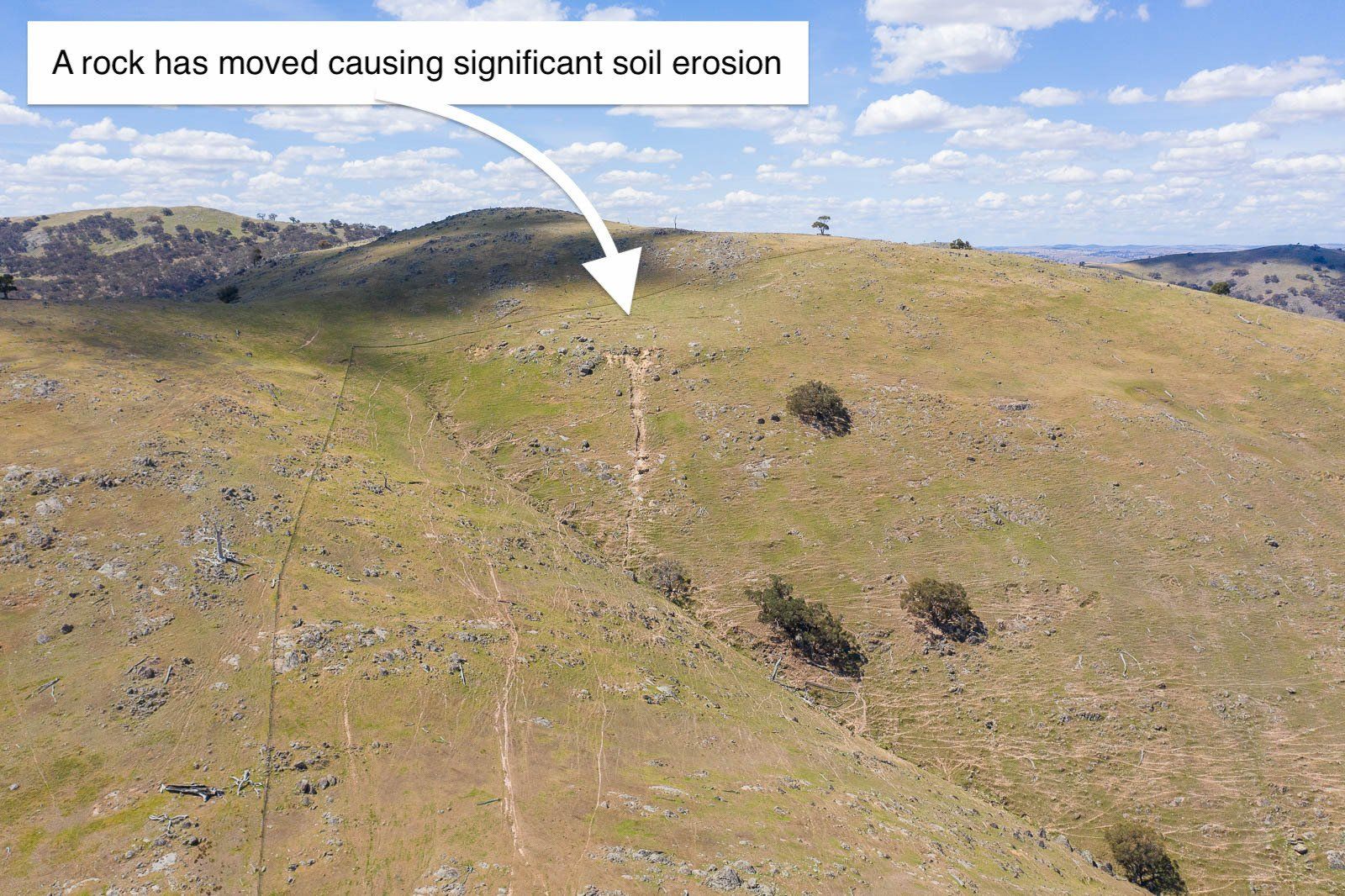FROM THE MEDIA

With blades spanning up to 260 feet and weighing an average of 36 tons, old or broken blades pose a difficult disposal problem around the world. Currently, there are two common disposal methods for turbine blades – burning them or throwing them in a landfill. According to NPR , more than 720,000 tons of blade material will be disposed of over the next 20 years. With an increasing dependence on wind-generated electricity and the ever-growing size of the turbines themselves, the issue of waste from wind turbines is one that cannot be ignored. Turbine blades are difficult to recycle On average, wind turbines are designed to last approximately 20 to 25 years. The majority of wind turbines are made from steel and copper, which are widely recyclable materials. However, the blades of these turbines are a different matter entirely. Turbine blades tend to be made from composite glass or carbon material. Unlike steel and copper, these materials are not as valuable when recycled, so many turbine owners turn to less green disposal methods, such as disposing of decommissioned blades in landfills. Owners of wind turbines frequently pay for collection services to transport the massive blades to landfills. However, because of their size and weight, turbine blades typically need to be cut up before they can be moved. Disassembling these blades generates increased time and energy spent simply on disposal. Once they reach the landfill, the turbine blades take up a large amount of space. Municipal landfills across the country have encountered issues with finding enough space for the massive number of blades while maintaining room for other forms of waste. Source: Choose Energy The Issue We can expect 700 oversized and overweight loads will be delivered to Coppabella. All of these 700 envisaged oversized and overweight loads will close the Hume Highway as they turn into Whitefields Road Goldwind's approved access point for construction of Coppabella. Added to this all the police escorts and associated escort vehicles, a massive onterarge that the taxpayer is funding? The Bango blades are 71 meters long unsure of the weight but referencing the site that disclosed that at the Dundonnell blade a is 73M blades and are 70 tonnes each in weight. Thus for Bango at 71M the weight will be negligible less, and Coppabella at 70M very marginally less in weight. Equates in round figures to 210 tonnes per tower of non recyclable balde. Our question is where will all this waste end up?


















